By Alex Abels
This is the second of a four-part series on Jefferson Park and the changing urban neighborhood.
 Almost every community has one – a place to hang out, grab a bite, see friends and feel safe – think Central Perk in “Friends” or the Regal Beagle in “Three’s Company.” Places like these aren’t always portrayed in the media for predominantly black and Hispanic communities, but Jefferson Park has what many in the community call their “black Cheers”: Harold and Belle’s, a family owned Creole restaurant.
Almost every community has one – a place to hang out, grab a bite, see friends and feel safe – think Central Perk in “Friends” or the Regal Beagle in “Three’s Company.” Places like these aren’t always portrayed in the media for predominantly black and Hispanic communities, but Jefferson Park has what many in the community call their “black Cheers”: Harold and Belle’s, a family owned Creole restaurant.
“The people here, it’s almost like family, ok. Everybody sitting at this bar, we know each other, we look after each other. We buy each other drinks, we buy each other food, it just depends what day it is. It’s almost like our cheers,” says Tony Sargent, who has lived in Jefferson Park for 40 years and has been a regular at Harold and Belle’s for most of that time.
Harold and Belle’s opened where it stands now in Jefferson Park in 1969 by Harold and Belle Legaux, a Creole couple who moved to the Los Angeles area from Louisiana. Many other Creole families from the seventh district of New Orleans were moving into Jefferson Park at this time, and the restaurant served as a small gathering place with a juke box and go-go dancers. The Legaux’s son took over in 1979, expanding the restaurant and making the Creole menu a bit more upscale. The restaurant has recently transitioned to the care of their grandson, Ryan Legaux, the current general manager of the restaurant.









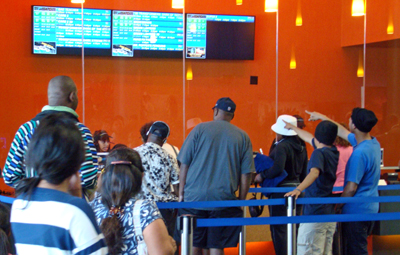 More than 200 guests gathered at Baldwin Hills Crenshaw Plaza for the grand opening of a multi-million dollar new movie theater, replacing the former Magic Johnson Theater that closed last year.
More than 200 guests gathered at Baldwin Hills Crenshaw Plaza for the grand opening of a multi-million dollar new movie theater, replacing the former Magic Johnson Theater that closed last year.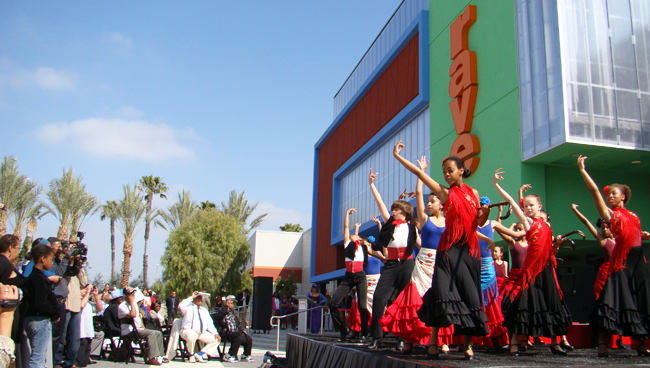
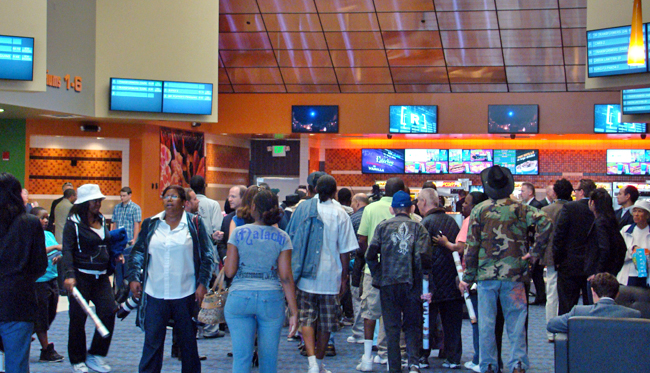
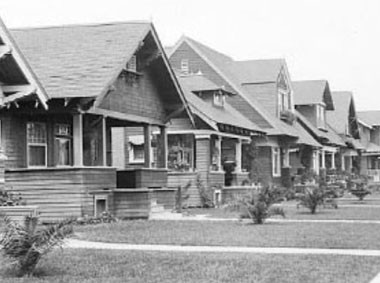 South Los Angeles has changed drastically over the past 150 years with many events adding to the changing face of the area. Jefferson Park, an area just west of USC’s campus, is one area of Los Angeles that underscores these changes.
South Los Angeles has changed drastically over the past 150 years with many events adding to the changing face of the area. Jefferson Park, an area just west of USC’s campus, is one area of Los Angeles that underscores these changes.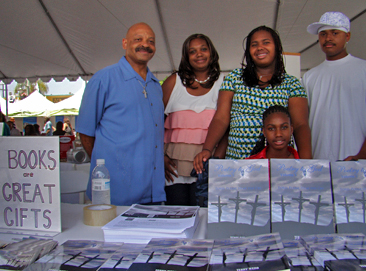
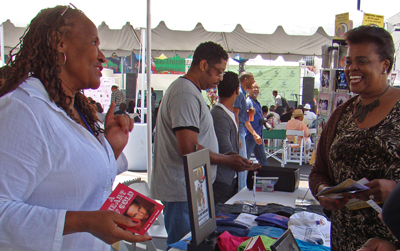
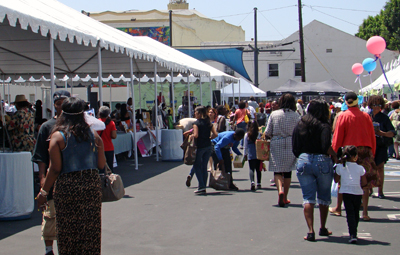
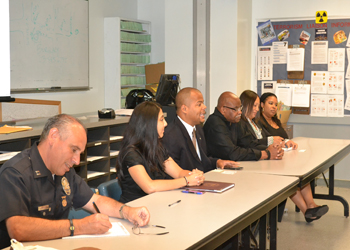
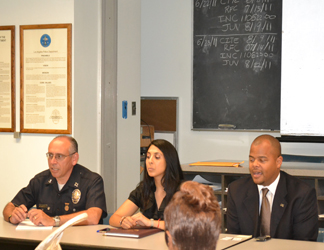
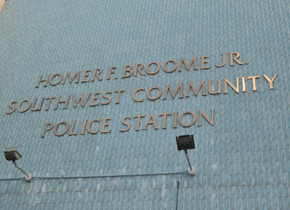 If anyone witnesses non-violent activity in real time, they can contact the LAPD at (877) 275-5273. Tips can also be provided by calling (213) 486-0910 or follow the LAPD on Twitter at lapd_southwest.
If anyone witnesses non-violent activity in real time, they can contact the LAPD at (877) 275-5273. Tips can also be provided by calling (213) 486-0910 or follow the LAPD on Twitter at lapd_southwest. ‘Eso won’ is Yoruba for ‘water over rocks’ and symbolizes the reservoir of knowledge that the Eso Won Bookstore in Los Angeles provides. However, lately it has come to represent the troubled waters that Eso Won and other black bookstores across the nation are facing.
‘Eso won’ is Yoruba for ‘water over rocks’ and symbolizes the reservoir of knowledge that the Eso Won Bookstore in Los Angeles provides. However, lately it has come to represent the troubled waters that Eso Won and other black bookstores across the nation are facing.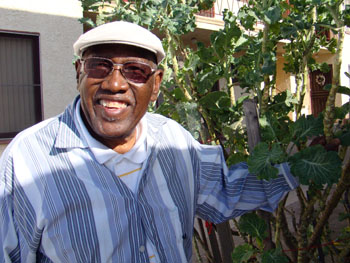
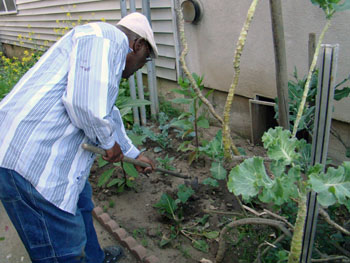 Scroggins and his Queen Street neighbors considered the idea of a community garden for years, although the nearby park was a challenge because of its rundown facilities. In March, they got their chance: Queen Park received a makeover with new playground equipment from KaBOOM!, a Disney-sponsored nonprofit that creates playgrounds in low-income residential areas.
Scroggins and his Queen Street neighbors considered the idea of a community garden for years, although the nearby park was a challenge because of its rundown facilities. In March, they got their chance: Queen Park received a makeover with new playground equipment from KaBOOM!, a Disney-sponsored nonprofit that creates playgrounds in low-income residential areas. 
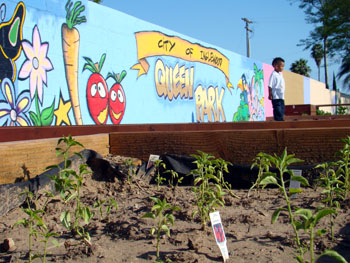
 An end to the 2.5-year-long legal battle over the Inglewood Oil Field may be in sight.
An end to the 2.5-year-long legal battle over the Inglewood Oil Field may be in sight. On a recent Los Angeles talk radio show Louisiana state legislator John LaBruzzo lamented the “massacre” of millions of “baby women” by abortion. In this fascist’s warped mind abortion infringes on the civil rights of fetuses. LaBruzzo is the author of a bill that would abolish abortion on the grounds that denying fetuses civil rights is akin to the violent denial of black civil rights under slavery. According to male anti-abortion fascists like LaBruzzo, poor single women get abortions because they are forced to by predatory deadbeat dad boyfriends in training or by fathers who have committed incest. Hence, overturning Roe vs. Wade is consistent with gender equity and social justice.
On a recent Los Angeles talk radio show Louisiana state legislator John LaBruzzo lamented the “massacre” of millions of “baby women” by abortion. In this fascist’s warped mind abortion infringes on the civil rights of fetuses. LaBruzzo is the author of a bill that would abolish abortion on the grounds that denying fetuses civil rights is akin to the violent denial of black civil rights under slavery. According to male anti-abortion fascists like LaBruzzo, poor single women get abortions because they are forced to by predatory deadbeat dad boyfriends in training or by fathers who have committed incest. Hence, overturning Roe vs. Wade is consistent with gender equity and social justice.




